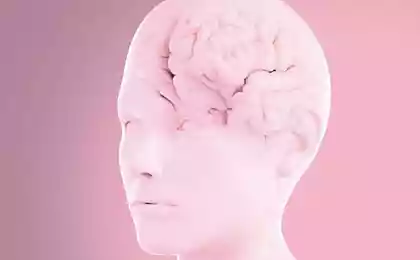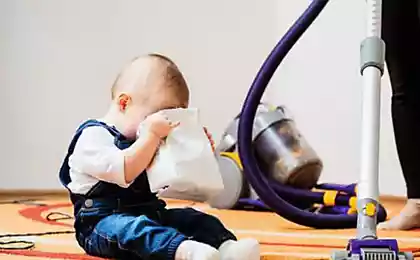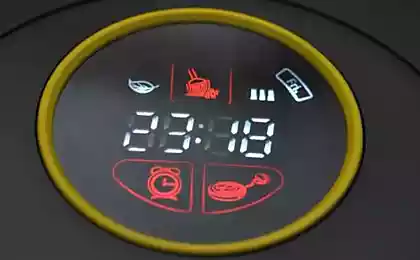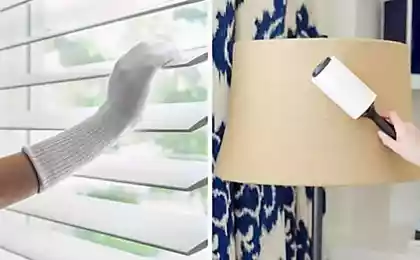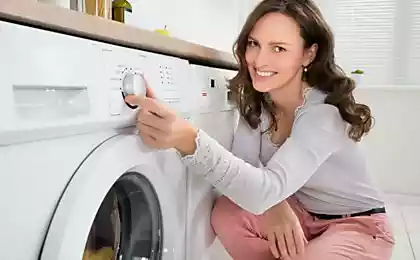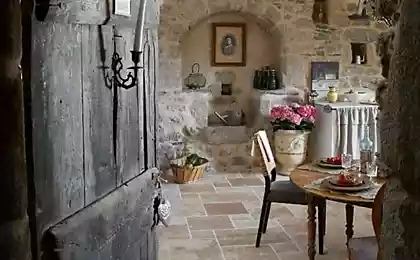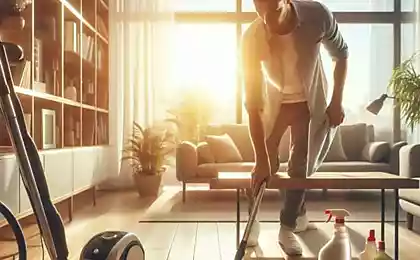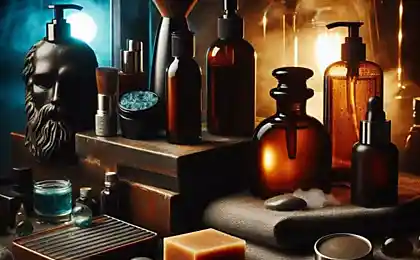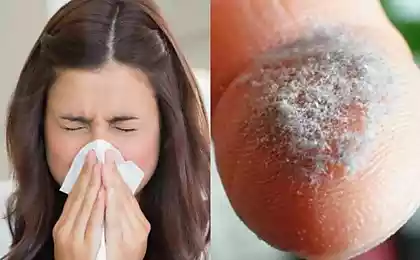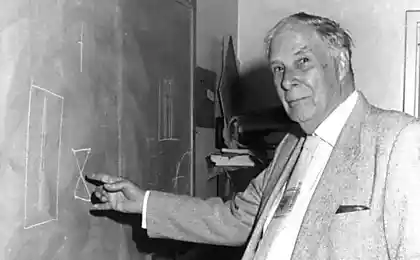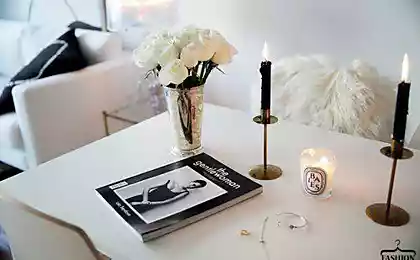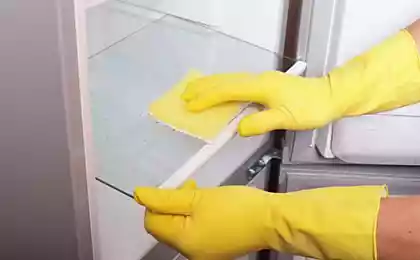184
11 Reasons Why Rooms Grow Dust Fast and How to Deal With It
>>

Oh, that ubiquitous dust! It seems that only yesterday you did a general cleaning, and today the surface is again covered with a thin layer of gray particles. This is not a myth or a conspiracy, but an objective reality faced by every inhabitant of the planet. But why do some houses look fresh and clean, while others, despite their best efforts, seem to attract dust monsters? In this article, we will dive into the depths of existence to uncover 11 secrets why dust so insistently settles in your rooms, and give you a powerful arsenal to get rid of this uninvited guest. After reading this article, your home will never be the same again!
Secrets of the dust invasion: 11 unobvious reasons
Dust is not just a dirty spot on your desk. It is a complex ecosystem of microparticles: dead skin cells, tissue fibers, soil particles, pollen, fungal spores, microbes, and sometimes even meteorite fragments (yes, literally space dust!). And each of these particles tends to take its place under the sun... or rather on your shelf. Let’s see why there are so many of them.
1. Paper kingdom: When books turn to fluff
Do you like reading? Great! But if your shelves are full of books, magazines and newspapers, be prepared for the fact that you have created a real incubator for dust. Every leafing of the page, every movement of the book, releases the smallest cellulosic fibers that instantly become part of this gray substance. It's like endless snowfall, but instead of snowflakes, book atoms.
Lifehack: Imagine that each of your books is a small but proud dust factory. We do not ask you to get rid of your favorite volumes! Instead, give them a decent shelter. Move most of your library to closet or glazed sections. This will not only reduce the amount of dust, but also protect your treasures from exposure to light and moisture. And remember, regular wet washing is your best ally in this fight.
2. Invisible Guardians: Old or Poor Filters
Your air conditioners, ventilation systems and vacuum cleaners are not just appliances, they are real guardians of cleanliness! They are designed to trap dust and allergens from the air. But what happens when these guards get tired or their shields are damaged? They stop performing their function, and all the dirt they were supposed to catch circulates freely through your house, settling on surfaces. It's like a leaky umbrella in a rainstorm - it only creates the illusion of protection.
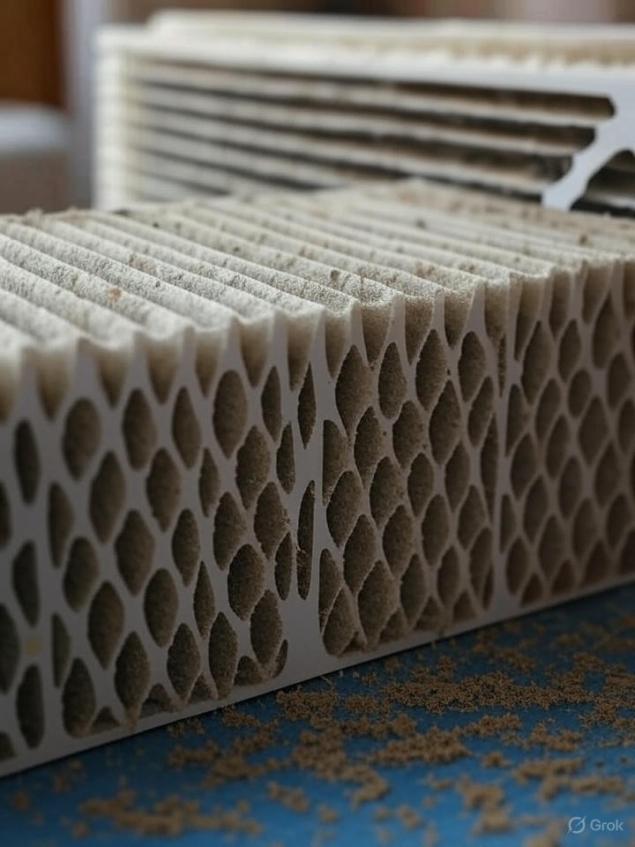
A clogged filter is not a protector, but a distributor. Regular replacement and cleaning are vital!
The solution is obvious: Make it a rule to check regularly and filter in all appliances. Change them as you wear them, without waiting for them to become a breeding ground for microbes. Invest in a vacuum cleaner with multistage filteringPreferably with a HEPA filter. It’s not just a purchase, it’s an investment in your health and the cleanliness of your airspace.
3. Surface approach: When cleaning is just an imitation
You clean regularly, but dust is everywhere. Maybe it's not frequency, but quality. Dust is a master of disguise, she likes to hide in the most unexpected places: behind the plinths, on the upper surfaces of cabinets, under furniture, in corners where the eye can not reach. If your cleaning is limited to only visible areas, you give dust carte blanche for unhindered accumulation.
“Indoor air quality can be 2-5 times worse than outdoors, and sometimes 100 times worse.”
The way to salvation: Set aside time once a week for thorough, comprehensive cleaning. Use microfiber cloths that are great at attracting dust rather than just distilling it from place to place. Purchase special long brushes and nozzles for the vacuum cleaner to reach the most secluded corners. Remember that cleanliness is not the absence of dust, but its constant removal.
4. Textile traps: Old carpets and upholstered furniture
Your cozy carpets, soft sofas and favorite chairs are real dust magnets. Textile fibers of these objects create ideal conditions for trapping the smallest particles, turning them into dust collectors. This is especially true for long-pile carpets, which can contain kilograms of dust and allergens, becoming a breeding ground for dust mites.
Act decisively: Regularly and thoroughly vacuum carpets and upholstered furniture, using a powerful vacuum cleaner HEPA filter. If the carpet is very old and cleaning is not helping, it may be time to part with it or replace it with a more practical coating, such as laminate or tile. For upholstered furniture, consider cases that can be washed regularly, or consult a professional dry cleaner.
5. Push the gate: Open windows and doors
It seems obvious, but many underestimate how much dust enters the house from the street. Even on the cleanest day, at first glance, the air is full of microparticles, which are brought into your home through open windows and doors. It’s like leaving the castle gates open to everyone, including the dust army!
Defend your borders: In windy weather, try to keep the windows closed. Use it. mosquitonet They not only protect against insects, but also partially trap large particles of dust. And if you live near a busy road, consider installing a ventilation system with good filters – this will ensure the influx of fresh air without dust invasion.
6. Fluffy Friends: Domesticated Animals
Your favorite pets are not only a source of joy and unconditional love, but also, unfortunately, a significant contribution to house dust. Wool, skin particles (dandruff) and other animal secretions become part of a dust cloud, spreading throughout the house. Even short-haired breeds leave behind microscopic traces.
Love without dust: Of course, this is not a reason to abandon a four-legged family member! It's important. comb out your pet regularly, especially during molting. Use special brushes and furminators. For cleaning wool from surfaces, a vacuum cleaner and sticky rollers are your best friends. Remember that caring for your pet is also about keeping your home clean.
7. Air stagnation: Insufficient ventilation
Paradox? We just talked about closed windows, and now we're talking about airing. But there's no contradiction. The complete absence of fresh air leads to stagnation, concentration of dust and allergens inside the room. Imagine locking up all the dust that has already entered and giving it complete freedom to circulate and settle. It’s like an old chest that hasn’t been opened for a long time – something accumulates inside of it that you can’t get rid of later.
Breathe fully: Regular but short ventilation The key to a healthy microclimate. Open windows for 5-10 minutes several times a day, creating a draft. This will update the air, reduce the concentration of dust particles and improve overall health. For even greater effect, consider using air purifiers with ionization functionIt will help to bind the smallest particles and facilitate their removal.
8. Green Heroes: The Absence of Houseplant
Houseplants are not just an element of decor. These are living, breathing filters that are actively involved in purifying the air from dust, toxins and carbon dioxide, while releasing vital oxygen. They absorb harmful substances and help maintain optimal humidity levels, which, as you will see below, is very important for dust control.
Create a green oasis: Enrich your home with living plants. Among the champions of air purification, Benjamin's ficus, spatiphyllum (female happiness), dracaena, chlorophytum (spider plant) and ferns. These green friends will not only make the air cleaner, but also add coziness and harmony to your home, reminding you of your connection with nature.
9. Chaos in Closets: Improper Storage of Things
Clothing, bedding, towels and other textiles stored on open shelves or in drawers without lids are among the main suppliers of dust. Every movement, every touch, releases microfibers that immediately settle on all surfaces. It’s like shaking the blanket in your room all the time!
Order is the key to purity: Organize the storage of things in closed containers, boxes or vacuum bags. This is especially true for seasonal clothing that you don’t wear all the time. This approach will not only reduce the amount of dust, but will also help maintain order, saving you time cleaning. Remember that every object should have its own place, protected from dust.
10. Desert in the house: Dried air
Is the air in your apartment too dry? This is not only bad for the skin and mucous membranes, but also catastrophically affects the amount of dust. In dry air, microscopic dust particles rise more easily and stay suspended longer, not settling, but constantly circulating around the room and settling in the most unexpected places. It's like a dust storm in miniature.
Oasis of moisture: The protagonist in this battle is humidifier. Especially it is indispensable in the heating season, when central heating ruthlessly dries the air. Try to support air humidity within 40-60%. This will not only improve your well-being, but also make the dust settle faster, making it easier to collect.
11. Chemical attack: Excessive use of household chemicals
Some cleaning products, especially those containing aggressive chemical components, can paradoxically exacerbate the dust problem. They create an electrostatic charge on surfaces, which, like a magnet, attracts dust. Moreover, the use of a large number of chemicals negatively affects the quality of air in the room, adding to the dust also volatile organic compounds.
Environmental approach: Give preference. Natural and environmentally friendly cleaning products. Vinegar, soda, citric acid, essential oils – these simple and affordable ingredients can work wonders without harming your health and the environment. Use soft detergents without strong odors. Remember that true purity is not the smell of chemicals, but the freshness and absence of harmful particles.
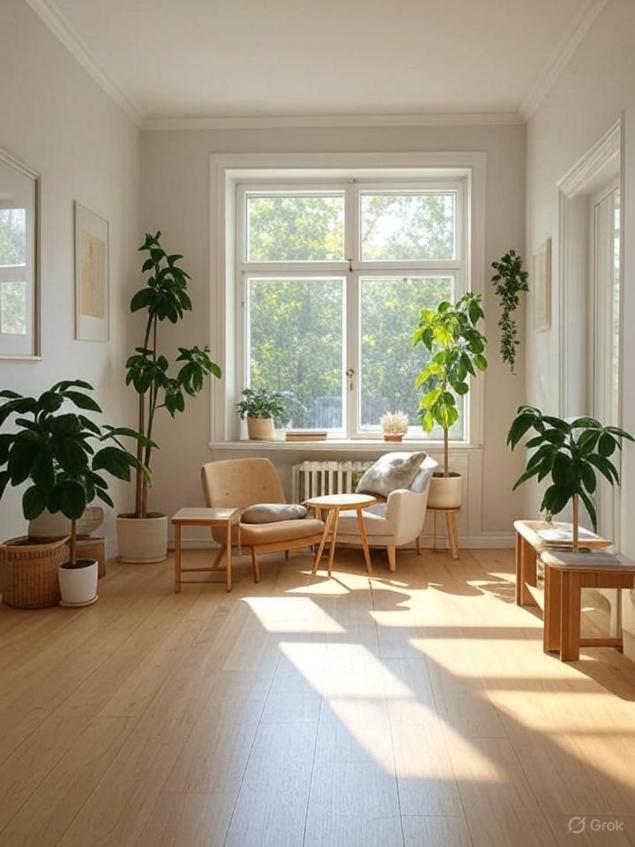
Perfect purity is achievable! Imagine how easy it is to breathe in such a space.
Glossary: The Key to Understanding the Dust World
Terms to help you beat the dust
Dust
A mixture of the smallest solid particles of organic and inorganic origin, suspended in the air or settled on surfaces. It consists of particles of human and animal skin, clothing fibers, pollen, plant spores, soil particles, insect remnants, microbes and much more.
HEPA filter
(High Efficiency Particulate Air filter) A type of air filter capable of trapping up to 99.97% of particles up to 0.3 micrometers in size. Widely used in vacuum cleaners, air cleaners and ventilation systems to remove the smallest allergens and dust.
Microfiber
Synthetic fiber consisting of polyester and polyamide. It has a high absorbent capacity and electrostatic charge, which allows you to efficiently collect dust and dirt without the use of chemicals and without leaving divorces.
Ionization of air
The process of creating negatively charged ions in the air. Ionizers attract particles of dust, smoke and other pollutants, causing them to enlarge and settle on surfaces from where they are easier to remove. Ionized air is also believed to have a beneficial effect on well-being.
Allergens
Substances that cause allergic reactions in predisposed people. In the context of dust, the main allergens are dust mites, animal wool and dander, plant pollen, mold spores.
Dust mites
Microscopic arachnids living in house dust, feeding on dead particles of human and animal skin. Their feces are powerful allergens and a common cause of allergies and asthma.
Air humidity
The amount of water vapor in the air. The optimal humidity level (40-60%) helps to keep the dust from weighing in the air and promotes its settling, as well as favorable for the respiratory tract and human skin.
Vacuum bags
Sealed bags, from which air is pumped, which significantly reduces the volume of stored things (especially textiles) and protects them from dust, moisture, insects and odors. Ideal for seasonal storage of clothes and bedding.
Dust is not a sentence, it's a challenge! Armed with knowledge and using these simple yet powerful strategies, you can take control of the cleanliness of your home. Keep in mind that keeping order is not just an aesthetic, it is a concern for your health and well-being. Let your home become an oasis of freshness and purity, where every breath brings joy and lightness. True happiness begins with your space.
Ready to start your own purity revolution? Share your favorite life hacks in the comments!

